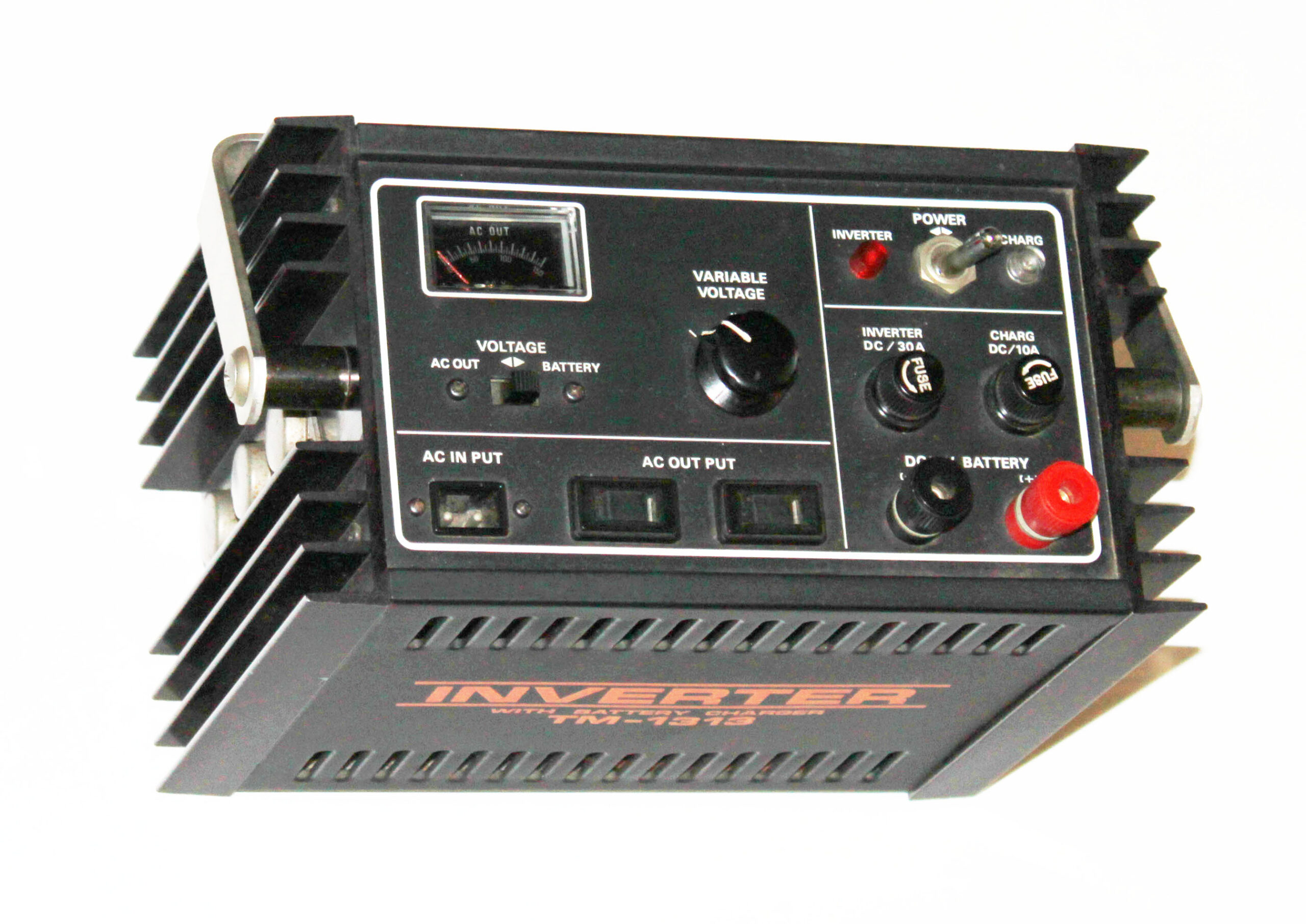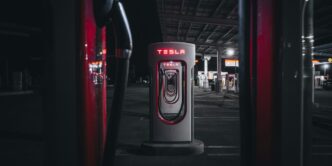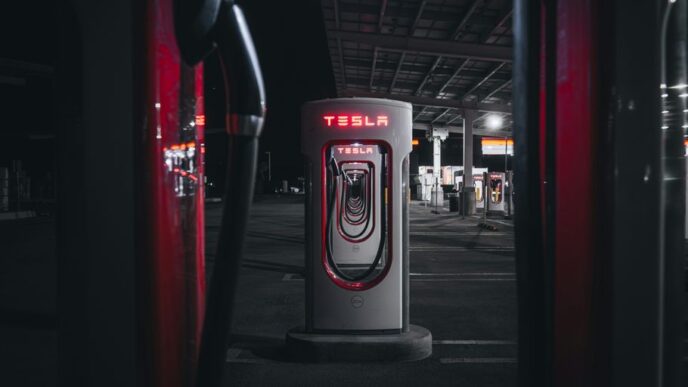Inverters play an essential role in every modern household, business, and factory. During blackouts and power fluctuations, they provide the essential electricity. It’s one of the most underappreciated tools, considering how vital it is.
Inverter failure may occur as a result of lack of maintenance and general wear and tear. They are very important for running electric motors in air conditioners. There are many aircon units like https://www.socool.sg/daikin-aircon/ which apply inverter technology.
Given the importance of inverters to air conditioners, it stands to reason that any problems with them would cause major setbacks in terms of both productivity and money. For AC maintenance and servicing, visit https://www.socool.sg/.
Causes of Failures of Inverter:
By now, most people have a good idea of what inverters are and how crucial they are to maintaining constant electricity at home for air conditioners. In order to provide a steady flow of electricity in homes and businesses, inverters are a need. It keeps our electronics and appliances especially air conditioners running smoothly and reliably even when the power goes out.
But what would happen if your inverter suddenly stopped working? An inverter’s functionality and efficiency might be negatively impacted by a number of potential issues. Here are eight typical issues with inverters and how to fix them.
1. An Aging Capacitor:
Electro-mechanical wear on capacitors is the primary cause of inverter failure. Capacitors are essential to inverters because they allow for consistent power production over a wide range of currents, but electrolytic capacitors degrade quickly and have a finite lifetime.
This is a potential contributor to inverter breakdown. Capacitors are also quite sensitive to changes in temperature. High currents, which may lead to temperatures over the rated working temperature, can shorten the lifespan of a component.
Because electrolytes evaporate more quickly at higher temperatures, capacitors last longer when used at temperatures below their working point. Fortunately, most wear and tear issues may be avoided with a consistent maintenance schedule and the frequent replacement of capacitors.
2. Incorrect Voltage Levels:
Over-current and over-voltage are two more factors that might damage an inverter. Damage to the inverter’s components, often the inverter bridge, may occur if either the current or voltage exceeds the inverter’s specifications. Most of the time, the extra heat produced by the voltage or current surge is what does the harm.
Fuses and circuit breakers protect against overcurrent, but managing excessive voltage may be more challenging. Voltage spikes may be produced by human error or natural events like lightning or solar flares, both of which are impossible to predict and prepare for.
3. Incorrect Set Up:
The most typical reason for an inverter to fail is improper installation. This often occurs when an inexperienced person does the installation rather than a trained expert.
A poor installation is almost often the result of the user not following the instructions in the handbook. Using the incorrect cable, line fuse, or gauge is another typical reason. You should hire an expert to do the installation since they won’t make that error. It’s useful for preventing inverter failure in the future.
4. Overexertion:
Inverter bridge failure may occur for the same reasons that other devices break down: excessive usage (whether intentional, accidental, or due to a lack of expertise). Inverter failure may be avoided and prevented with regular checks to ensure proper operation.
5. Ultrasonic Vibrations:
In addition to mechanical stress, ultrasonic vibrations may put a strain on inverters. Because the inductive components generate additional heat due to friction caused by vibrations in their cores. This additional heat is harmful to the inverter’s components.
The Best Way To Avoid Problems:
The inverter’s pieces, including its connections, may become corroded or loose with time. Proper and routine maintenance is the greatest defence against these issues and the potential failure of the inverter.
In the case of inverters, prevention is always preferable than treatment. Schedule frequent inverter maintenance inspections with the help of expert specialists. At the very least once every six months, they will clean the terminals, fuses, and connections in the battery box. The cleaning has to be done properly and completely. Otherwise, it will cause more issues to arise than it would solve.
Using a wire brush and a greaser dissolvent chemical will be the most effective method for cleaning the terminals. The next step is to coat the battery terminals with a protective sealant to cut down on corrosion and prolong their lifespan.
Grease-based coatings should be avoided since they encourage the accumulation of dirt and dust. Dust just aids the terminals’ degradation by obstructing any future visual checks.













